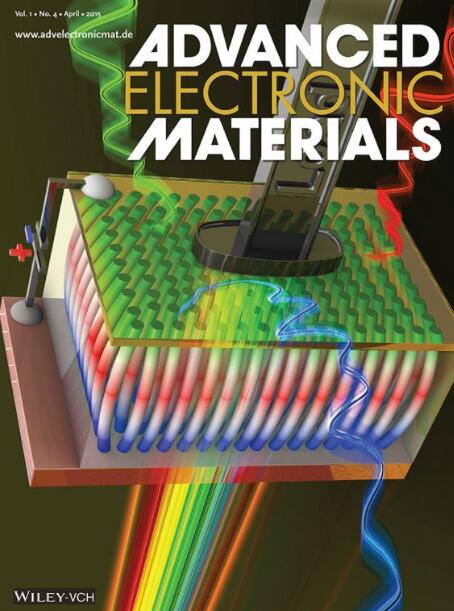Intrinsic Strain‐Driven Topological Evolution in SrRuO3 via Flexural Strain Engineering
IF 5.3
2区 材料科学
Q2 MATERIALS SCIENCE, MULTIDISCIPLINARY
引用次数: 0
Abstract
Strain engineering offers a powerful route to tailor topological electronic structures in correlated oxides, yet conventional epitaxial strain approaches introduce extrinsic factors such as substrate‐induced phase transitions and crystalline quality variations, which make the unambiguous identification of the intrinsic strain effects challenging. Here, a flexural strain platform is developed based on van der Waals epitaxy and flexible micro‐fabrication, enabling precise isolation and quantification of intrinsic strain effects on topological electronic structures in correlated oxides without extrinsic interference. Through strain‐dependent transport measurements of the Weyl semimetal SrRuO基于弯曲应变工程的SrRuO3内禀应变驱动拓扑演化
应变工程为定制相关氧化物的拓扑电子结构提供了一条强有力的途径,然而传统的外延应变方法引入了诸如衬底诱导的相变和晶体质量变化等外在因素,这使得明确识别内在应变效应具有挑战性。在这里,基于范德华外延和柔性微加工开发了一个弯曲应变平台,能够在没有外部干扰的情况下精确分离和量化相关氧化物拓扑电子结构的本征应变效应。通过对Weyl半金属SrRuO3的应变相关输运测量,在0.2%的微小应变水平下,观察到异常霍尔电导率(AHC)显着提高了21%,而纵向电阻率几乎保持不变-这是固有拓扑响应的标志。第一性原理计算揭示了一种独特的机制,其中应变驱动的Weyl节点在费米能级上的非单调演化,完全由晶格常数调制控制,驱动了惊人的AHC行为。这项工作不仅突出了纯晶格应变在拓扑调节中的关键作用,而且为设计具有定制功能的柔性拓扑氧化物器件建立了一个通用平台。
本文章由计算机程序翻译,如有差异,请以英文原文为准。
求助全文
约1分钟内获得全文
求助全文
来源期刊

Advanced Electronic Materials
NANOSCIENCE & NANOTECHNOLOGYMATERIALS SCIE-MATERIALS SCIENCE, MULTIDISCIPLINARY
CiteScore
11.00
自引率
3.20%
发文量
433
期刊介绍:
Advanced Electronic Materials is an interdisciplinary forum for peer-reviewed, high-quality, high-impact research in the fields of materials science, physics, and engineering of electronic and magnetic materials. It includes research on physics and physical properties of electronic and magnetic materials, spintronics, electronics, device physics and engineering, micro- and nano-electromechanical systems, and organic electronics, in addition to fundamental research.
 求助内容:
求助内容: 应助结果提醒方式:
应助结果提醒方式:


